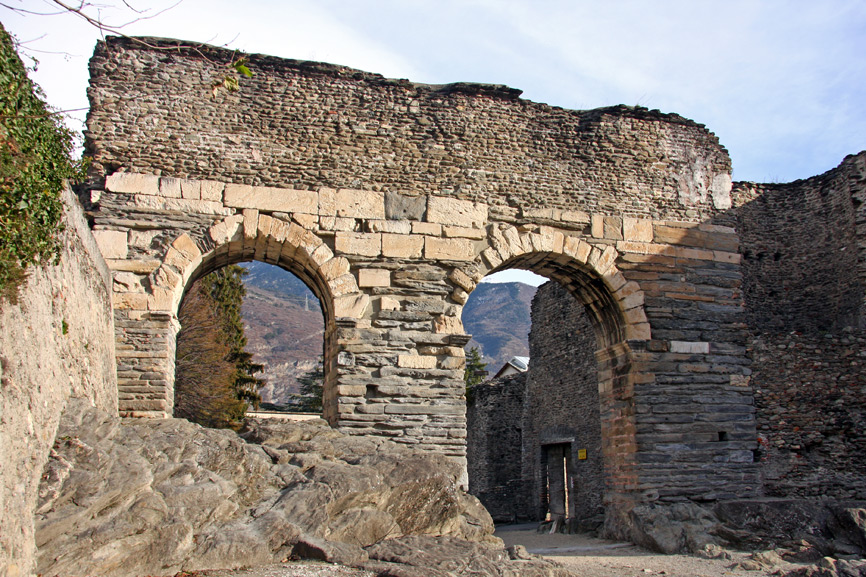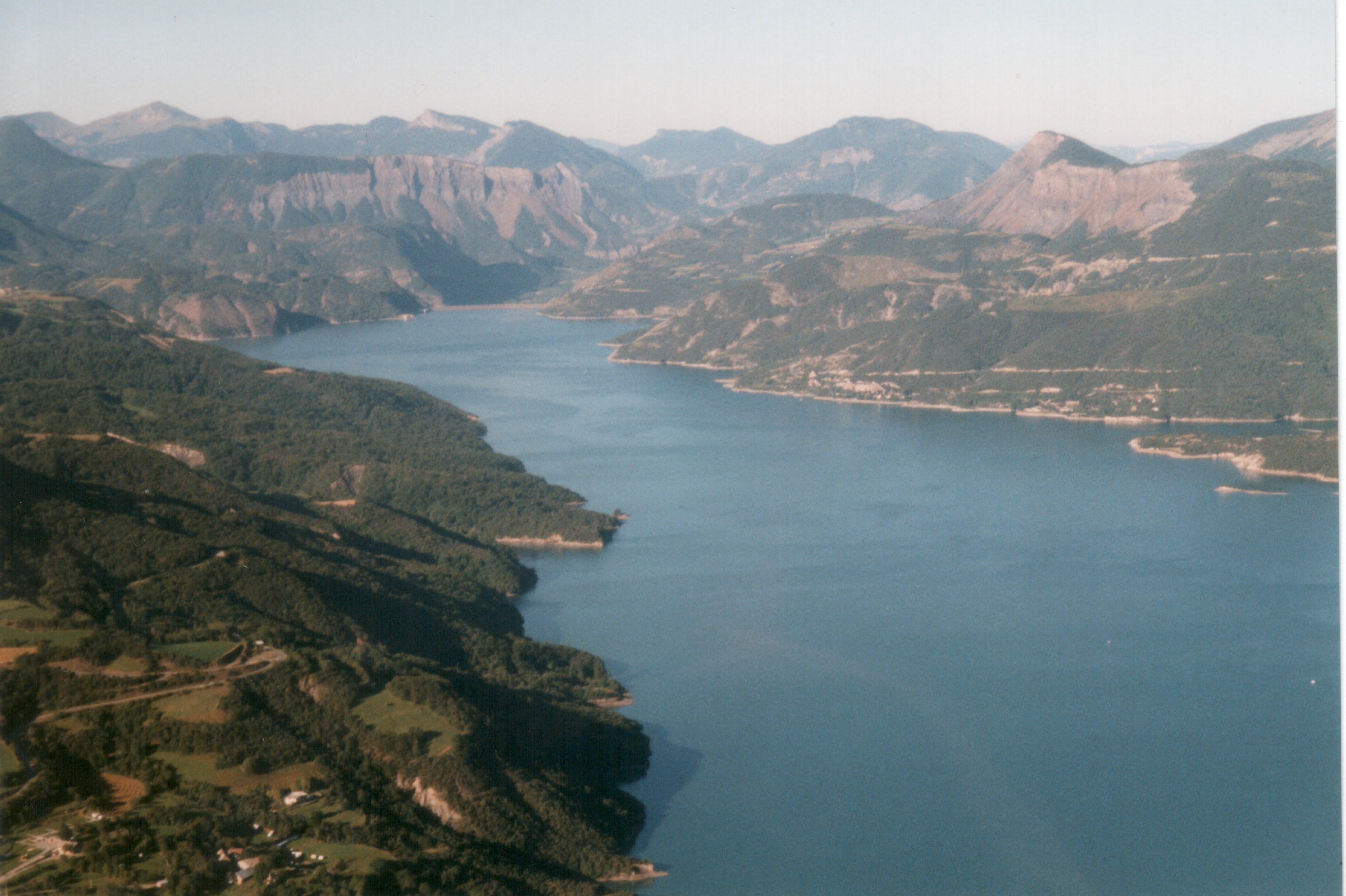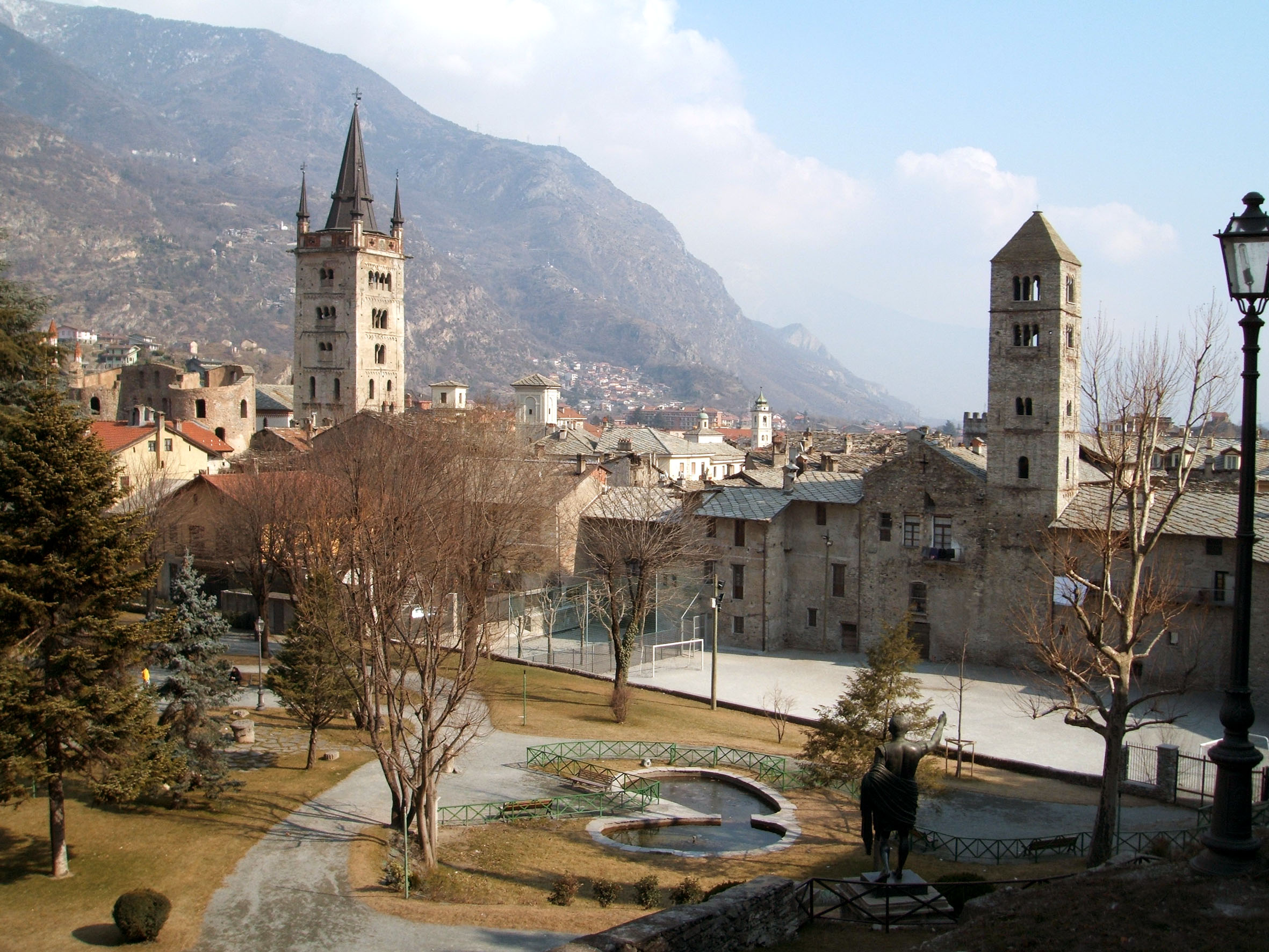|
Cottian Alps
The Cottian Alps (; ; ) are a mountain range in the southwestern part of the Alps. They form the border between France (Hautes-Alpes and Savoie) and Italy (Piedmont). The Fréjus Road Tunnel and Fréjus Rail Tunnel between Modane and Susa, Italy, Susa are important transportation arteries between France (Lyon, Grenoble) and Italy (Turin). Etymology The name ''Cottian'' comes from ''Cottius, Marcus Julius Cottius'', a king of the tribes inhabiting that mountainous region in the 1st century BC. Under his father Donnus, these tribes had previously opposed but later made peace with Julius Caesar. Cottius was succeeded by his son Gaius Julius Donnus II (reigned 3 BC-4 AD), and his grandson Marcus Julius Cottius II (reigned 5-63 AD), who was granted the title of king by the emperor Claudius. On his death, Nero annexed his kingdom as the Roman province, province of Alpes Cottiae. History For a long part of the Middle Ages the Cottian Alps were divided between the Duchy of Savoy, ... [...More Info...] [...Related Items...] OR: [Wikipedia] [Google] [Baidu] |
Piedmont
Piedmont ( ; ; ) is one of the 20 regions of Italy, located in the northwest Italy, Northwest of the country. It borders the Liguria region to the south, the Lombardy and Emilia-Romagna regions to the east, and the Aosta Valley region to the northwest. Piedmont also borders Switzerland to the north and France to the west. Piedmont has an area of , making it the second-largest region of Italy after Sicily. It has 4,255,702 inhabitants as of 2025. The capital of Piedmont is Turin, which was also the capital of the Kingdom of Italy from 1861 to 1865. Toponymy The French ''Piedmont'', the Italian ''Piemonte'', and other variant cognates come from the medieval Latin or , i.e. , meaning "at the foot of the mountains" (referring to the Alps), attested in documents from the end of the 12th century. Geography Piedmont is surrounded on three sides by the Alps, including Monte Viso, Monviso, where the Po River, river Po rises, and Monte Rosa. It borders France (Auvergne-Rhône ... [...More Info...] [...Related Items...] OR: [Wikipedia] [Google] [Baidu] |
Susa, Italy
Susa (, , ) is a town and ''comune'' in the Metropolitan City of Turin, Piedmont, Italy. In the middle of Susa Valley, it is situated on at the confluence of the Cenischia with the Dora Riparia, a tributary of the Po River, at the foot of the Cottian Alps, 51 km (32 mi) west of Turin. History Susa () was founded by the Ligures. It was the capital of the Segusini (also known as Cottii). In the late 1st century BC it became voluntarily part of the Roman Empire. Remains of the Roman city have been found in the excavations of the central square, the Piazza Savoia. Susa was the capital of the province of Alpes Cottiae. According to the medieval historian Rodulfus Glaber, Susa was "the oldest of Alpine towns". In the Middle and Modern ages, Susa remained important as a hub of roads connecting southern France to Italy. Taking part of the county or march of Turin (sometimes "march of Susa"). In 1167, Frederick I, Holy Roman Emperor Frederick Barbarossa (December 1 ... [...More Info...] [...Related Items...] OR: [Wikipedia] [Google] [Baidu] |
Duchy Of Savoy
The Duchy of Savoy (; ) was a territorial entity of the Savoyard state that existed from 1416 until 1847 and was a possession of the House of Savoy. It was created when Sigismund, Holy Roman Emperor, raised the County of Savoy into a duchy for Amadeus VIII. The duchy was an Imperial fief, subject of the Holy Roman Empire, until 1792, with a vote in the Imperial Diet. From the 16th century, Savoy belonged to the Upper Rhenish Circle. Its territory included the current French departments of Savoie, Haute-Savoie, and the Alpes-Maritimes, the current Italian region of Aosta Valley, a large part of Piedmont and the County of Geneva in Switzerland, which was then lost to the Old Swiss Confederacy. The main Vulgar languages that were spoken within the Duchy of Savoy were Piedmontese and Arpitan. Terminology The Duchy of Savoy was the central and most prominent of the territories possessed by the House of Savoy, and hence this title was and still is used often to indicate th ... [...More Info...] [...Related Items...] OR: [Wikipedia] [Google] [Baidu] |
Middle Ages
In the history of Europe, the Middle Ages or medieval period lasted approximately from the 5th to the late 15th centuries, similarly to the post-classical period of global history. It began with the fall of the Western Roman Empire and transitioned into the Renaissance and the Age of Discovery. The Middle Ages is the middle period of the three traditional divisions of Western history: classical antiquity, the medieval period, and the modern period. The medieval period is itself subdivided into the Early, High, and Late Middle Ages. Population decline, counterurbanisation, the collapse of centralised authority, invasions, and mass migrations of tribes, which had begun in late antiquity, continued into the Early Middle Ages. The large-scale movements of the Migration Period, including various Germanic peoples, formed new kingdoms in what remained of the Western Roman Empire. In the 7th century, North Africa and the Middle East—once part of the Byzantine Empire� ... [...More Info...] [...Related Items...] OR: [Wikipedia] [Google] [Baidu] |
Alpes Cottiae
The Alpes Cottiae (; English: 'Cottian Alps') was a small province of the Roman Empire founded in 63 AD by Emperor Nero. It was one of the three provinces straddling the Alps between modern France and Italy, along with the Alpes Graiae et Poeninae and Alpes Maritimae. The capital of the province was Segusio (modern Susa, Piedmont). Other important settlements were located at Eburodunum and Brigantio (Briançon). Named after the 1st-century BC ruler of the region, Marcus Julius Cottius, the toponym survives today in the Cottian Alps. History The province had its origin in a local chiefdom controlled by the enfranchised king Marcus Julius Donnus, who ruled over Ligurian tribes of the region by the middle of the 1st century BC. He was succeeded by his son, Marcus Julius Cottius, who offered no opposition to the integration of his realm into the Roman imperial system under Emperor Augustus in 15–14 BC, then kept on ruling on native tribes as a ''praefectus civitatium'' of a ... [...More Info...] [...Related Items...] OR: [Wikipedia] [Google] [Baidu] |
Roman Province
The Roman provinces (, pl. ) were the administrative regions of Ancient Rome outside Roman Italy that were controlled by the Romans under the Roman Republic and later the Roman Empire. Each province was ruled by a Roman appointed as Roman governor, governor. For centuries, it was the largest administrative unit of the foreign possessions of ancient Rome. With the administrative reform initiated by Diocletian, it became a third level administrative subdivision of the Roman Empire, or rather a subdivision of the Roman diocese, imperial dioceses (in turn subdivisions of the Praetorian prefecture, imperial prefectures). History A province was the basic and, until the Tetrarchy (from AD 293), the largest territorial and administrative unit of the empire's territorial possessions outside Roman Italy. During the republic and early empire, provinces were generally governed by politicians of Roman senate, senatorial rank, usually former Roman consul, consuls or former praetors. ... [...More Info...] [...Related Items...] OR: [Wikipedia] [Google] [Baidu] |
Nero
Nero Claudius Caesar Augustus Germanicus ( ; born Lucius Domitius Ahenobarbus; 15 December AD 37 – 9 June AD 68) was a Roman emperor and the final emperor of the Julio-Claudian dynasty, reigning from AD 54 until his death in AD 68. Nero was born at Antium in AD 37, the son of Gnaeus Domitius Ahenobarbus (father of Nero), Gnaeus Domitius Ahenobarbus and Agrippina the Younger (great-granddaughter of the emperor Augustus). Nero was three when his father died. By the time Nero turned eleven, his mother married Emperor Claudius, who then Adoption in ancient Rome, adopted Nero as his heir. Upon Claudius' death in AD 54, Nero ascended to the throne with the backing of the Praetorian Guard and the Senate. In the early years of his reign, Nero was advised and guided by his mother Agrippina, his tutor Seneca the Younger, and his praetorian prefect Sextus Afranius Burrus, but sought to rule independently and rid himself of restraining influences. The power ... [...More Info...] [...Related Items...] OR: [Wikipedia] [Google] [Baidu] |
Claudius
Tiberius Claudius Caesar Augustus Germanicus ( ; ; 1 August 10 BC – 13 October AD 54), or Claudius, was a Roman emperor, ruling from AD 41 to 54. A member of the Julio-Claudian dynasty, Claudius was born to Nero Claudius Drusus, Drusus and Antonia Minor at Lugdunum in Roman Gaul, where his father was stationed as a military legate. He was the first Roman emperor to be born outside Roman Italy, Italy. As he had a limp and slight deafness due to an illness he suffered when young, he was ostracized by his family and was excluded from public office until his consulship (which was shared with his nephew, Caligula, in 37). Claudius's infirmity probably saved him from the fate of many other nobles during the purges throughout the reigns of Tiberius and Caligula, as potential enemies did not see him as a serious threat. His survival led to him being declared emperor by the Praetorian Guard after Caligula's assassination, at which point he was the last adult male of his family. Despite ... [...More Info...] [...Related Items...] OR: [Wikipedia] [Google] [Baidu] |
Julius Caesar
Gaius Julius Caesar (12 or 13 July 100 BC – 15 March 44 BC) was a Roman general and statesman. A member of the First Triumvirate, Caesar led the Roman armies in the Gallic Wars before defeating his political rival Pompey in Caesar's civil war, a civil war. He subsequently became Roman dictator, dictator from 49 BC until Assassination of Julius Caesar, his assassination in 44 BC. Caesar played a critical role in Crisis of the Roman Republic, the events that led to the demise of the Roman Republic and the rise of the Roman Empire. In 60 BC, Caesar, Marcus Licinius Crassus, Crassus, and Pompey formed the First Triumvirate, an informal political alliance that dominated Roman politics for several years. Their attempts to amass political power were opposed by many in the Roman Senate, Senate, among them Cato the Younger with the private support of Cicero. Caesar rose to become one of the most powerful politicians in the Roman Republic through a string of military victories in the G ... [...More Info...] [...Related Items...] OR: [Wikipedia] [Google] [Baidu] |
Donnus
The chieftain called by Latins Donnus was the ruler of the Ligurian tribes inhabiting the mountainous region now known as the Cottian Alps during the 1st century BC. Although initially an opponent of Julius Caesar during the latter's conquest of Gaul, Donnus later made peace with him. Donnus' son and successor, Cottius, initially maintained his independence in the face of Augustus' effort to subdue the various Alpine tribes, but afterwards agreed to an alliance, and the family continued to rule the region as prefects of Rome, until Nero annexed the dominion as the province of Alpes Cottiae. His name was first cited in the Arch of Augustus of Susa engraving. See also * Alpes Cottiae (the original Roman province) * Cottian Alps * Cottius * Arch of Augustus (Susa) * Susa, Piedmont Susa (, , ) is a town and ''comune'' in the Metropolitan City of Turin, Piedmont (Italy), Piedmont, Italy. In the middle of Susa Valley, it is situated on at the confluence of the Cenischia with ... [...More Info...] [...Related Items...] OR: [Wikipedia] [Google] [Baidu] |
Cottius
Marcus Julius Cottius was King of the Celtic and Ligurian inhabitants of the mountainous Roman province then known as '' Alpes Taurinae'' and now as the Cottian Alps early in the 1st century BC. Son and successor to King Donnus, he negotiated a dependent status with Emperor Augustus that preserved considerable autonomy for his country, making him a Roman governor, and adopted Roman citizenship. Early relationship with Rome The friendship between Cottius's realm and Rome goes back at least to the reign of his father King Donnus; there is numismatic evidence which suggests that Donnus established friendly relations with Julius Caesar. As Caesar needed to cross the Cottii Regnum in 58 BC on his way to Gaul, he made an agreement with King Donnus to have his troops transported on his road as well as having a new paved road being built.Cornwell, H., Alpine Reactions to Roman Power, in Varga, R., Rusu-Bolindeț, V., (eds) Official Power and Local Elites in the Roman Provinces, p. 59 ... [...More Info...] [...Related Items...] OR: [Wikipedia] [Google] [Baidu] |
Susa Acquedotto
Susa ( ) was an ancient city in the lower Zagros Mountains about east of the Tigris, between the Karkheh and Dez Rivers in Iran. One of the most important cities of the Ancient Near East, Susa served as the capital of Elam and the winter capital of the Achaemenid Empire, and remained a strategic centre during the Parthian and Sasanian periods. The site currently consists of three archaeological mounds, covering an area of around . The city of Shush is located on the site of ancient Susa. Name The name Susa is of Elamiate origin and has appeared in many languages: *Middle *Middle and Neo- *Neo-Elamite and Achaemenid *Achaemenid * * * * or *New * Literary references Susa was one of the most important cities of the Ancient Near East. In historic literature, Susa appears in the very earliest Sumerian records: for example, it is described as one of the places obedient to Inanna, patron deity of Uruk, in ''Enmerkar and the Lord of Aratta''. Biblical text ... [...More Info...] [...Related Items...] OR: [Wikipedia] [Google] [Baidu] |








